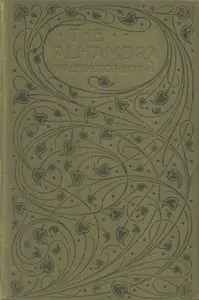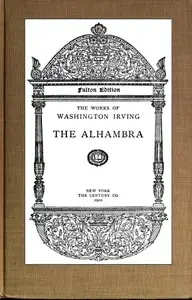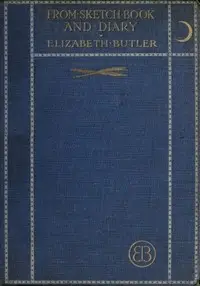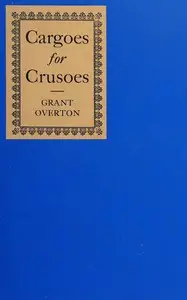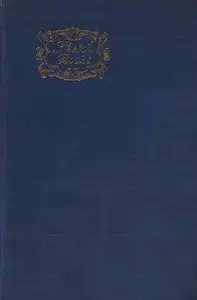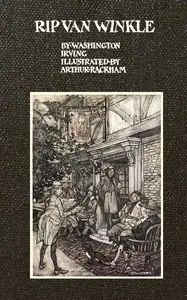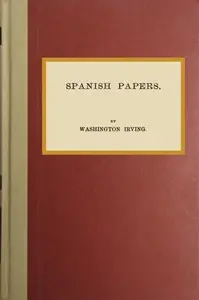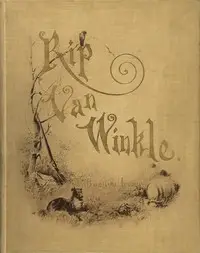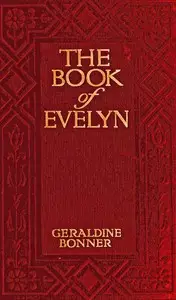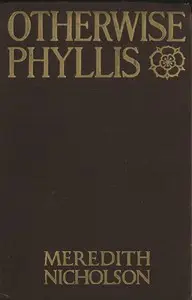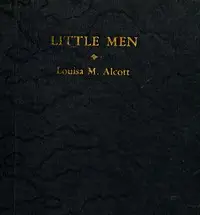"The Sketch-Book of Geoffrey Crayon, Gent." by Washington Irving is a compilation of essays and stories from the early 1800s, narrated by the fictional traveler Geoffrey Crayon. Crayon shares his thoughts on everything from the English countryside and American traditions to legendary stories like "Rip Van Winkle" and "The Legend of Sleepy Hollow". The book opens with a preface where Irving, as Crayon, describes his history and the journey to publishing his tales. As Crayon travels, he shows his deep interest in seeing new places and cultures, showing both a longing for Europe’s history and art and a desire to capture parts of American life. The beginning shows Crayon as a thoughtful observer, prepping the reader for the many experiences that follow.
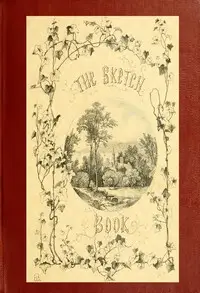
The Sketch-Book of Geoffrey Crayon
By Washington Irving
Journey through the reflections of a curious traveler as he explores cultures, shares legendary stories, and muses on both the familiar and the foreign.
Summary
About the AuthorWashington Irving was an American short-story writer, essayist, biographer, historian, and diplomat of the early 19th century. He wrote the short stories "Rip Van Winkle" (1819) and "The Legend of Sleepy Hollow" (1820), both of which appear in his collection The Sketch Book of Geoffrey Crayon, Gent. His historical works include biographies of Oliver Goldsmith, Muhammad, and George Washington, as well as several histories of 15th-century Spain that deal with subjects such as the Alhambra, Christopher Columbus, and the Moors. Irving served as American ambassador to Spain in the 1840s.
Washington Irving was an American short-story writer, essayist, biographer, historian, and diplomat of the early 19th century. He wrote the short stories "Rip Van Winkle" (1819) and "The Legend of Sleepy Hollow" (1820), both of which appear in his collection The Sketch Book of Geoffrey Crayon, Gent. His historical works include biographies of Oliver Goldsmith, Muhammad, and George Washington, as well as several histories of 15th-century Spain that deal with subjects such as the Alhambra, Christopher Columbus, and the Moors. Irving served as American ambassador to Spain in the 1840s.


